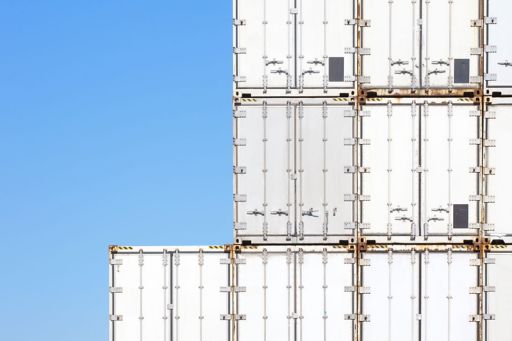Indirect Tax
Indirect Tax
We assist you with the customization of existing technology and managing interfaces.
KPMG services for indirect taxes and export controls.
Processes, Technology
What is the indirect tax function’s contribution to the business? Effective processes can be benchmarked against best practice. We assist with the customization of existing technology and managing interfaces.
Data Analytics
Transactional Indirect Tax data provides valuable insight. Data analytics can produce cash value, improve working capital and disclose risks.
Consulting & Controversy
Industry sector specifics require specialized expertise for Indirect Tax departments, the Executive Committee (CFO, COO, CIO, CEO) and the Board of Directors. We help you to plan ahead and to defend your case before Authorities and Courts.
Global real time visibility and control, return filing, compliance
Different stakeholders require visibility and control over tax return filing and the compliance of processes and content.
Further information
Mail order companies: Swiss VAT (PDF)
The road towards a definitive European VAT system (PDF)
Swiss VAT Law (PDF)
Connect with us
- Find office locations kpmg.findOfficeLocations
- kpmg.emailUs
- Social media @ KPMG kpmg.socialMedia




